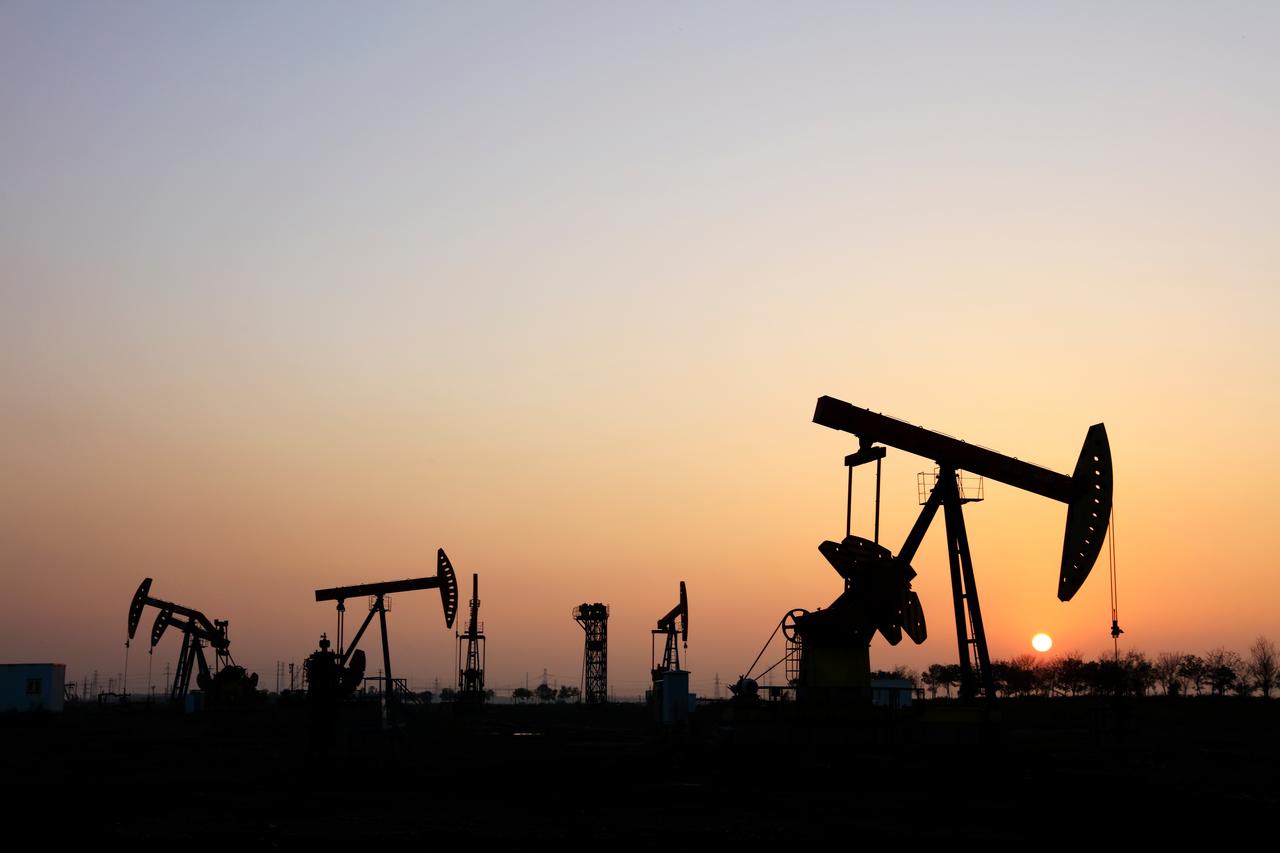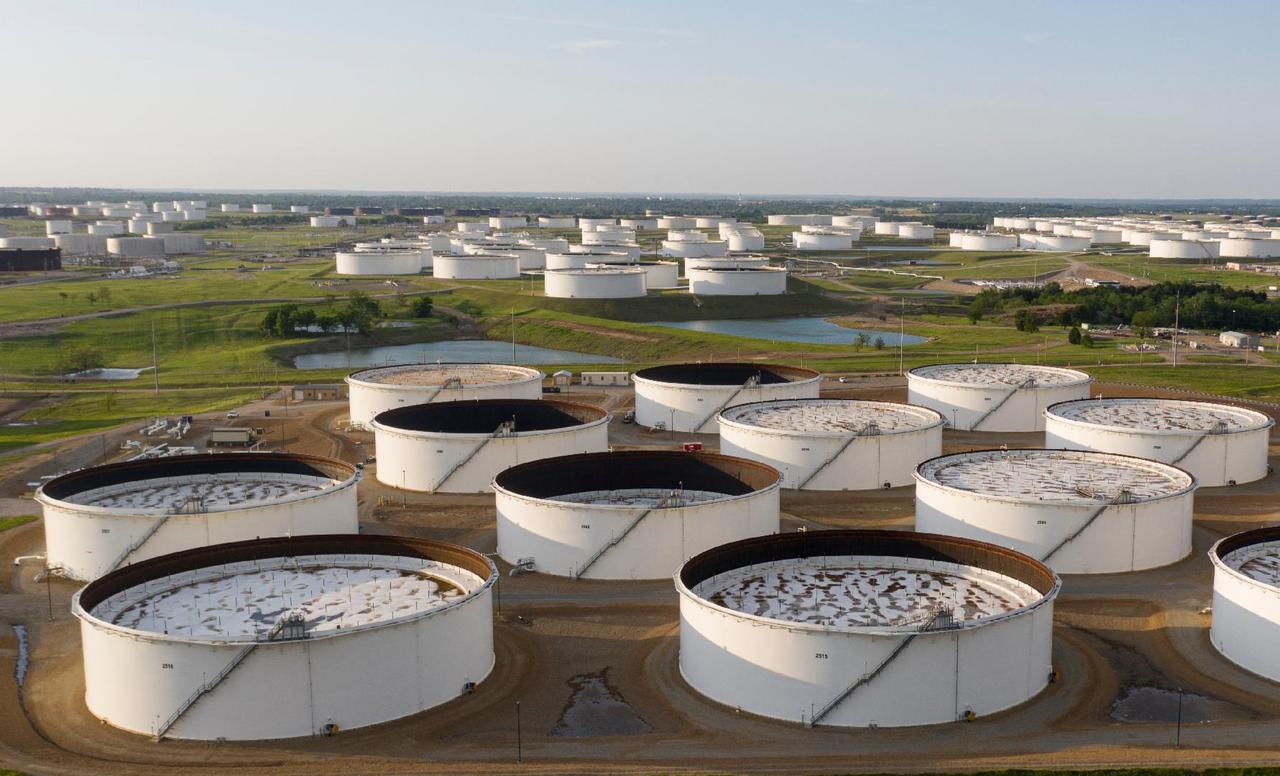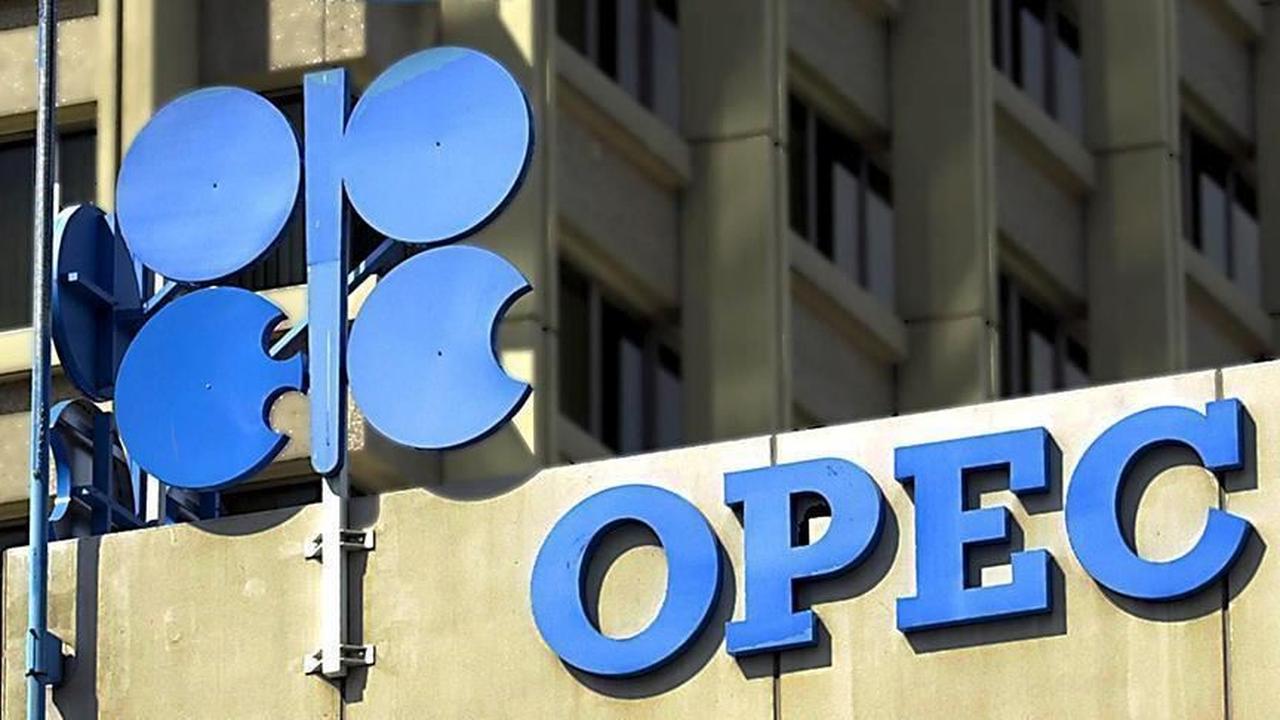
Eight member countries of the OPEC+ alliance announced a significant increase in oil production for June, a move that risks further depressing already low crude prices.
According to a statement from the group, Saudi Arabia, Russia, and six other OPEC+ nations will collectively increase output by 411,000 barrels per day—matching May’s level—despite an initial plan to raise production by only 137,000 barrels. The alliance, comprising 22 oil-producing nations, many of which rely heavily on hydrocarbon revenues, had previously curbed output to keep global prices elevated by limiting supply.

“OPEC+ has just thrown a bombshell to the oil market,” said Jorge Leon, an analyst at Rystad Energy, in an interview with AFP. “Last month's decision was a wake-up call. Today's decision is a definitive message that the Saudi-led group is shifting strategy and now prioritizing market share after years of restrained production.”
Analysts suggest the move could also reflect an attempt to strengthen ties with the United States under President Donald Trump. Shortly after taking office in January, Trump urged Saudi Arabia to boost production in a bid to reduce energy costs.
The Organization of the Petroleum Exporting Countries (OPEC), established in 1960 to coordinate and unify petroleum policies among member states, expanded its influence in 2016 by forming the OPEC+ alliance, which includes major non-OPEC producers such as Russia. The group had until recently adhered to voluntary cuts, especially by key producers including Saudi Arabia, Russia, Iraq, the UAE, Kuwait, Kazakhstan, Algeria, and Oman, to balance the market.
However, the current shift marks a departure from that strategy. After previously delaying output increases, the eight nations began easing production curbs in April and are now moving toward a more aggressive output policy.

The decision to escalate production comes at a time when global crude prices hover around $60 per barrel—a relatively low level that could destabilize the market. Analysts such as Arne Lohmann Rasmussen from Global Risk Management speculate that the move may serve as a punitive measure against member countries that have failed to comply with agreed quotas. Kazakhstan, for instance, has reportedly exceeded its production limits without offering the required compensation, according to Carsten Fritsch of Commerzbank.
Beyond internal dynamics, the decision also appears driven by shifting geopolitical considerations. While negotiations over Iran’s nuclear program and the Russia-Ukraine conflict remain stalled, the United States may be preparing to ease sanctions on both Moscow and Tehran. Such a shift would allow these nations to re-enter the global oil market more freely, potentially altering the balance of supply.
However, the production surge could deepen the ongoing decline in oil prices. If prices remain below $55 per barrel for an extended period, U.S.-based oil producers—particularly in the shale sector—may find production financially unsustainable. SEB analyst Ole Hvalbye interpreted the OPEC+ move as a test of its influence over global pricing, suggesting that the cartel is challenging the resilience of high-cost producers.
Crude prices have fallen sharply since President Trump’s return to office, dropping from around $80 to levels not seen since February 2021. Forecasts for oil demand have also been revised downward, largely due to the anticipated economic fallout from escalating trade tensions between the United States and China, the world's two largest oil consumers.